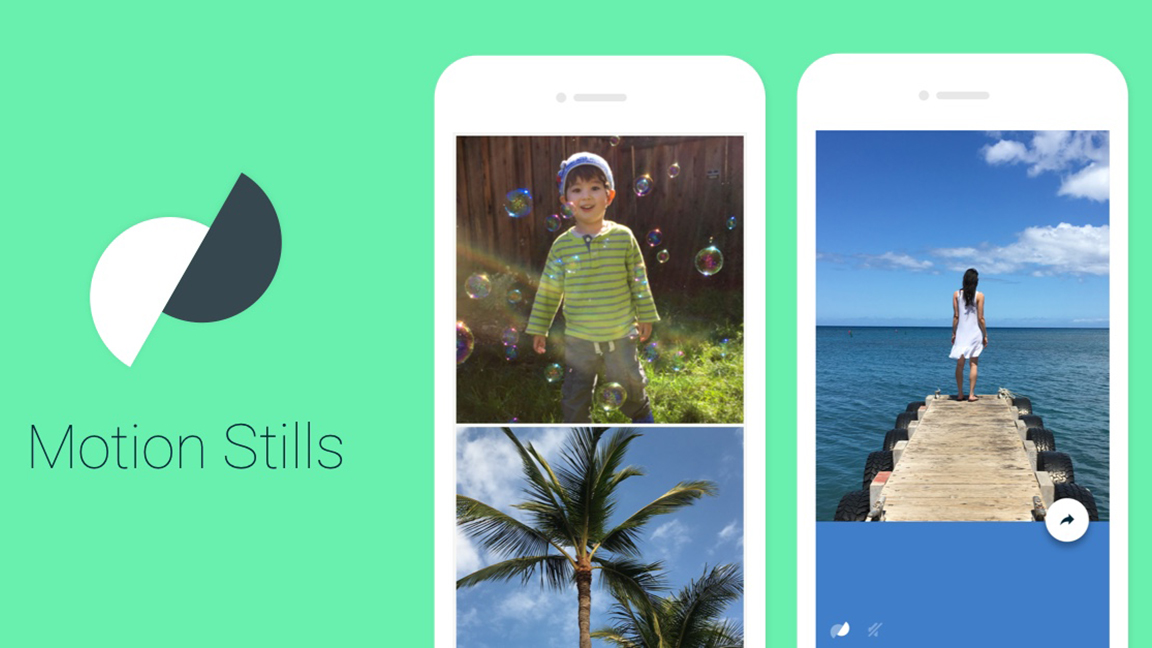Google's Motion Stills app brings augmented reality to almost any Android phone
AR: not just for the Google Pixel 2

Google Pixel 2 owners with the Android Oreo 8.1 update received access to Google’s AR Stickers last December. Using Google’s ARCore technology, the Pixel 2 lets users insert R2-D2, Stranger Things characters and other animated characters directly into their surroundings.
Now, through Google's free Motion Stills app, any Android phone with a built-in gyroscope and running Android 5.1 or higher will have access to similar AR tech—it just doesn’t use ARCore.
Motion Stills was built for editing video clips and GIFs. With the latest 2.0 update, you can now insert animated 3D objects into the real world before recording.

Then, the app sticks an animated 3D object on any surface, even a moving one, such as your hand. You can then record a GIF or video of the animation's actions in the real world.
A just-posted Google Research blog goes into the technical details, but the gist is that the app will track your phone’s location and 3D rotation in relation to the ground, or any flat surface in view, and then inserts the 3D object onto it.
As you (and your phone) move closer or further from the AR character, it scales up or down proportionally. Apparently, Google uses the same technology to track and blur faces in YouTube videos.
Unfortunately, you won’t see any Porgs or demogorgons in the Motion Stills app; it looks like that content is exclusive to the Pixel 2. But, for now, you’ll have access to all sorts of copyright-safe chickens, dinos, aliens and more.
Sign up for breaking news, reviews, opinion, top tech deals, and more.
Making AR accessible

Many of the best recent apps in augmented reality are confined to more advanced phones running the latest OS. Owners of iPhone 5S, for instance, will no longer be able to play Pokemon Go after this month, due to the game's new AR features.
So it’s certainly a positive thing that Google made these AR features available on any Android device running 5.1 or higher. Considering 5.1 was released in 2014, that encompasses a large number of devices and potential users.
Of course, Google likely hopes that these Android users will enjoy this taste of AR, hear about the more advanced ARCore features on Pixel 2, and feel the impulse to upgrade.
- Virtual reality more your thing? Try one of the best VR headsets!

Michael Hicks began his freelance writing career with TechRadar in 2016, covering emerging tech like VR and self-driving cars. Nowadays, he works as a staff editor for Android Central, but still writes occasional TR reviews, how-tos and explainers on phones, tablets, smart home devices, and other tech.